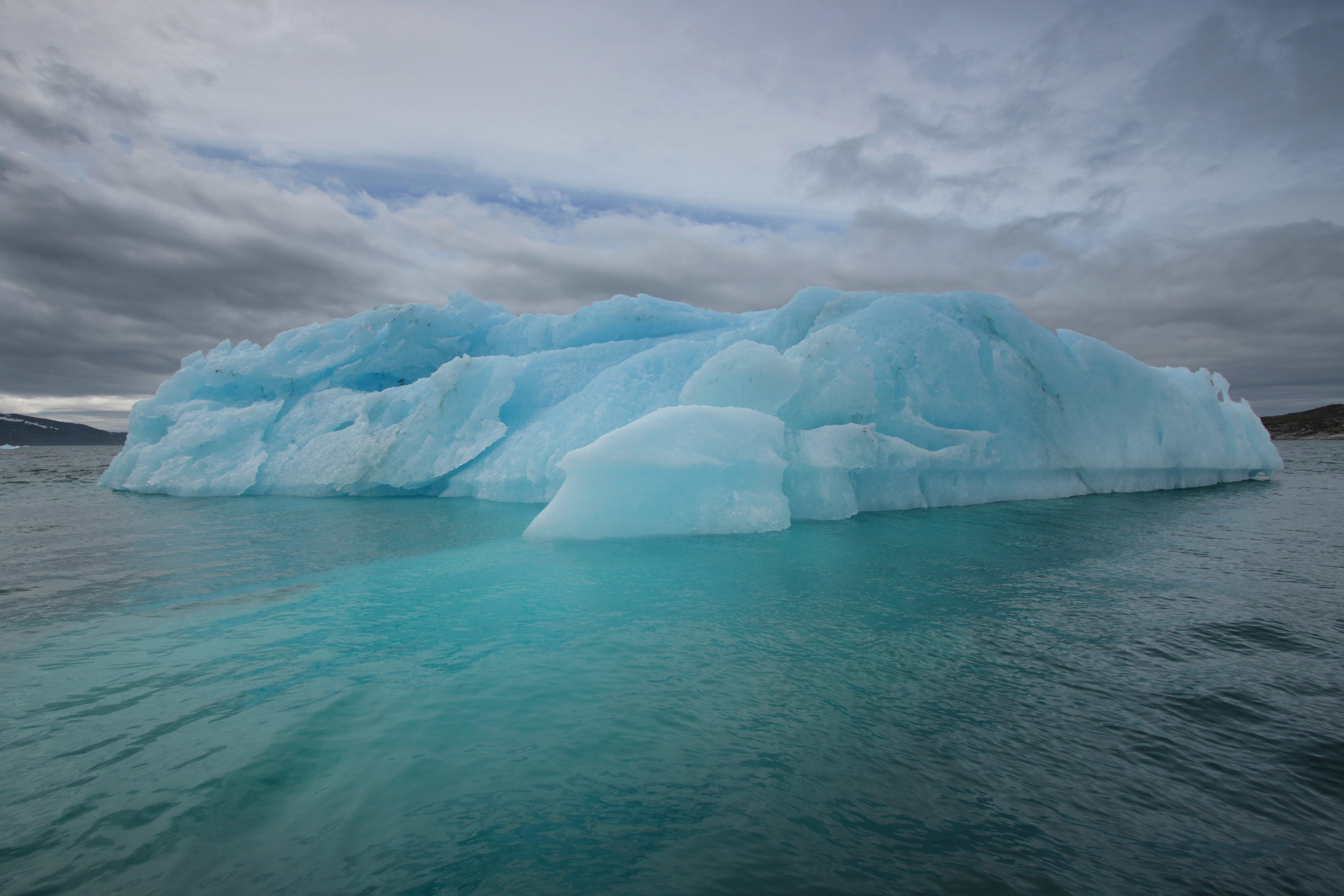Local measures to reduce mismanaged waste and emissions from fisheries are important for reducing marine litter in West Greenland. That is the conclusion in a publication by SALT researcher Marthe Larsen Haarr, and several other researchers, in The Marine Pollution Bulletin.
Abstract
Modeling studies illustrate the potential for long-range transport of plastics into the Arctic, although the degree to which this occurs remains relatively undocumented. We utilised a teaching exercise at a UArctic summer school graduate course in Nuuk, Greenland to conduct a preliminary in-depth analysis of beach litter sources in the Nuup Kangerlua fjord. Students and instructors collected and analysed 1800 litter items weighing 200 kg from one location in the fjord and another at its mouth. The results suggest a predominance of local sources to macrolitter, rather than long-range transport from Europe. Fisheries-related items and rope were common. Packaging which could be identified was largely suspected to be products distributed in Greenland, and soft plastics, which rarely disperse far from its source, were also common. The results suggest local measures to reduce mismanaged waste and emissions from fisheries are important for reducing marine litter in West Greenland.
Highlights
Beach litter Deep Dive conducted with UArctic summer school students.
Beach litter in Nuup Kangerlua, West Greenland was primarily of local origin.
Most identifiable packaging were products likely distributed in Greenland.
Trawl floats, rope and other fisheries-related litter was also common.
Reduction measures should target local waste management practices and fisheries.
